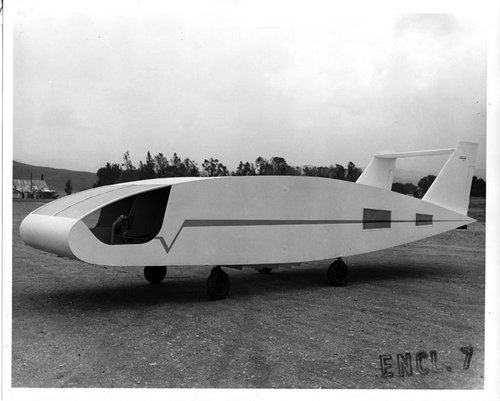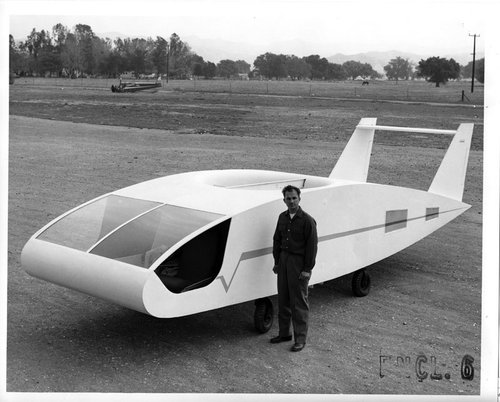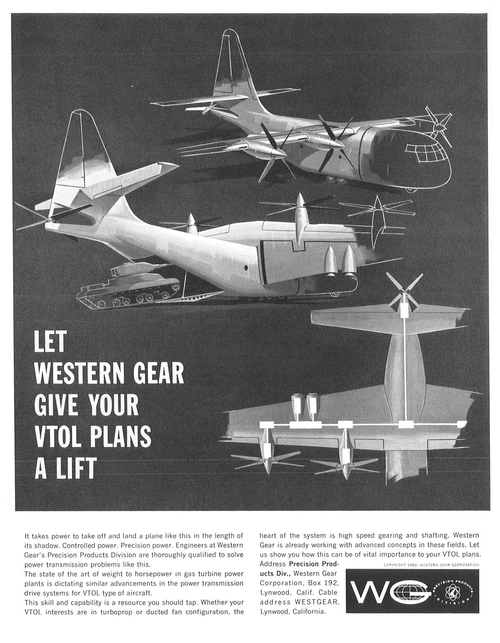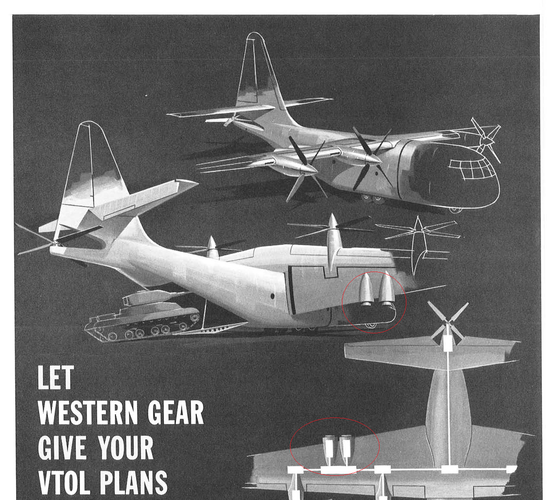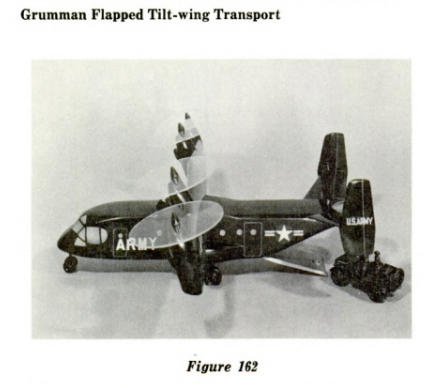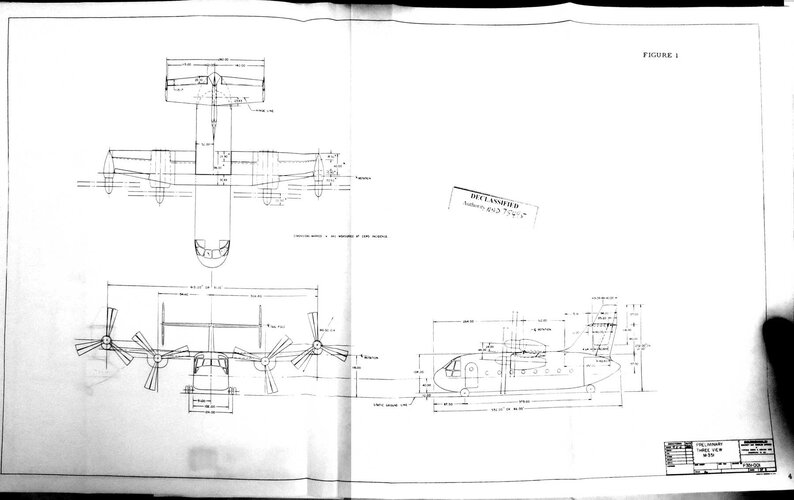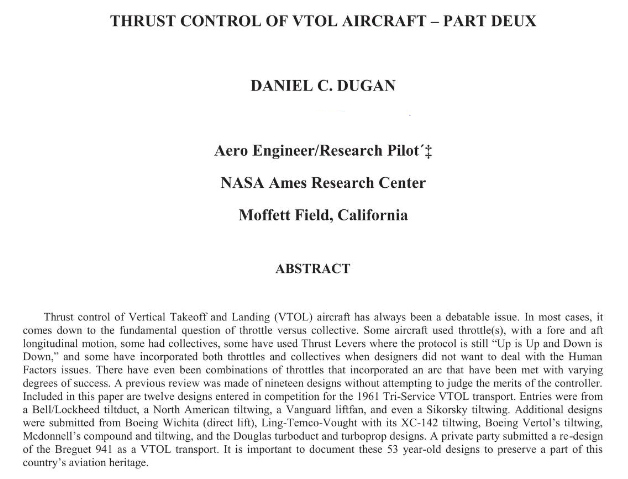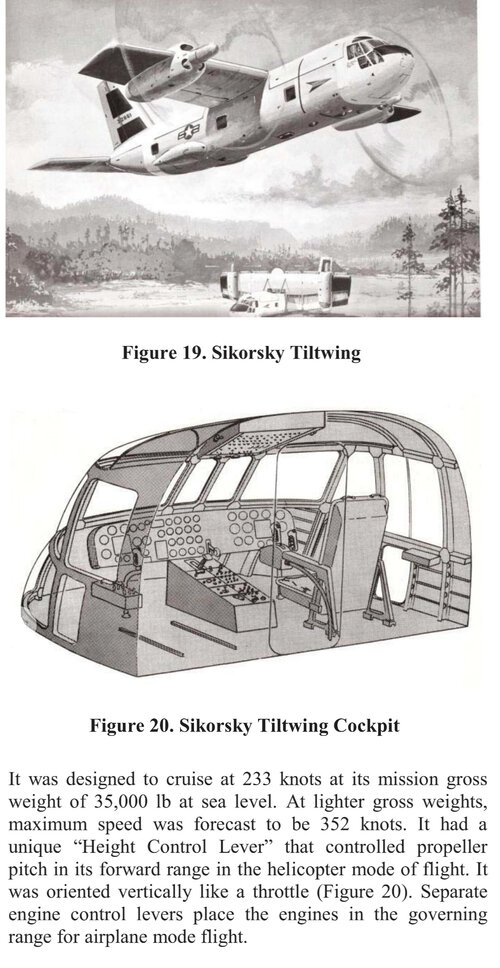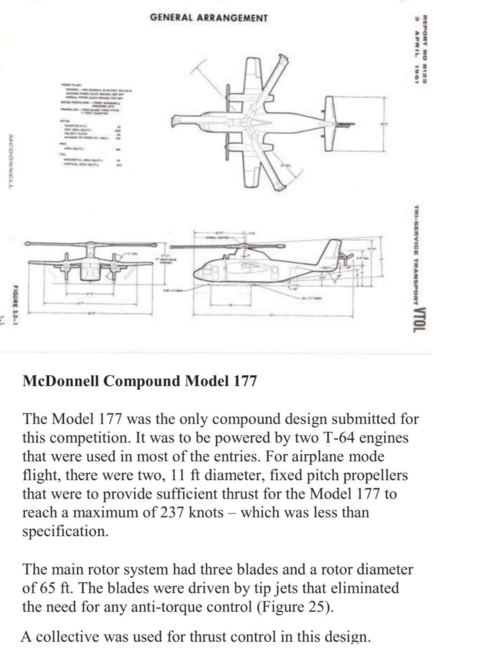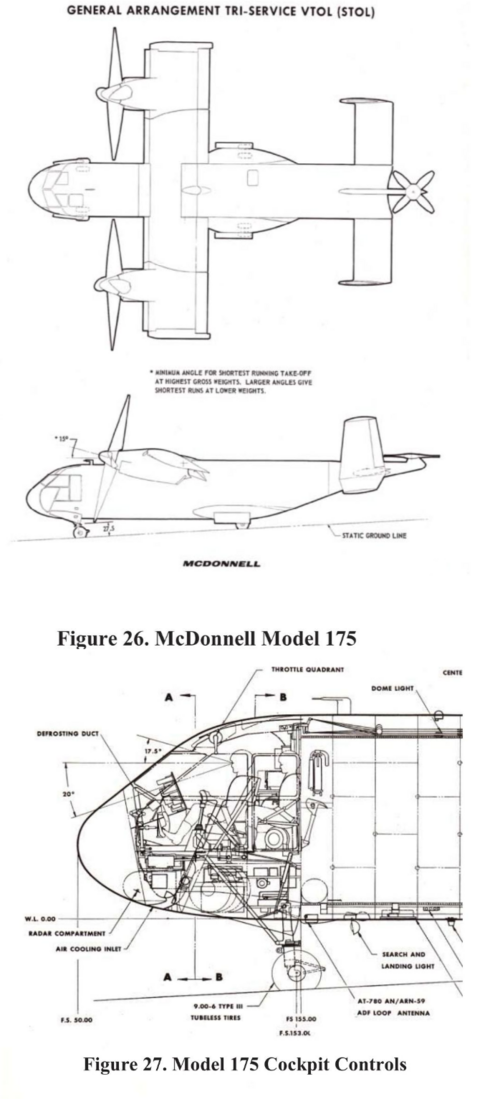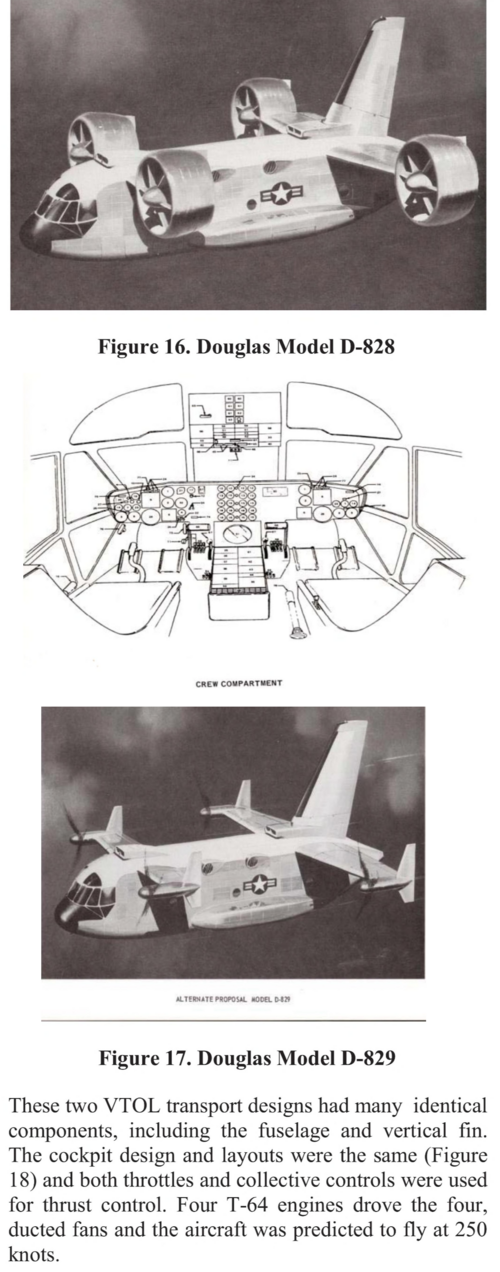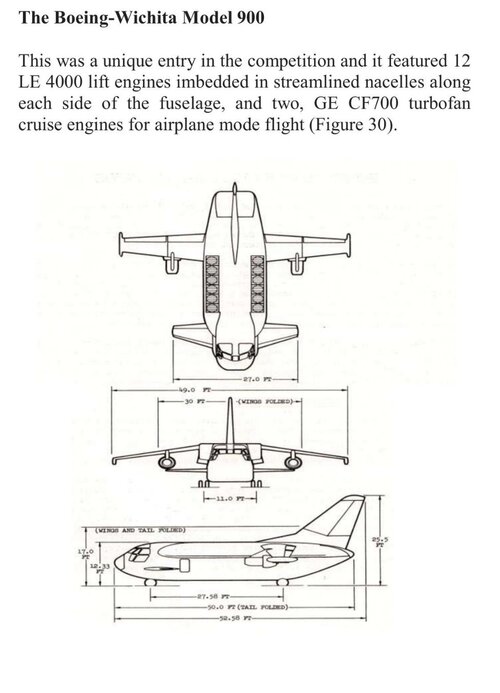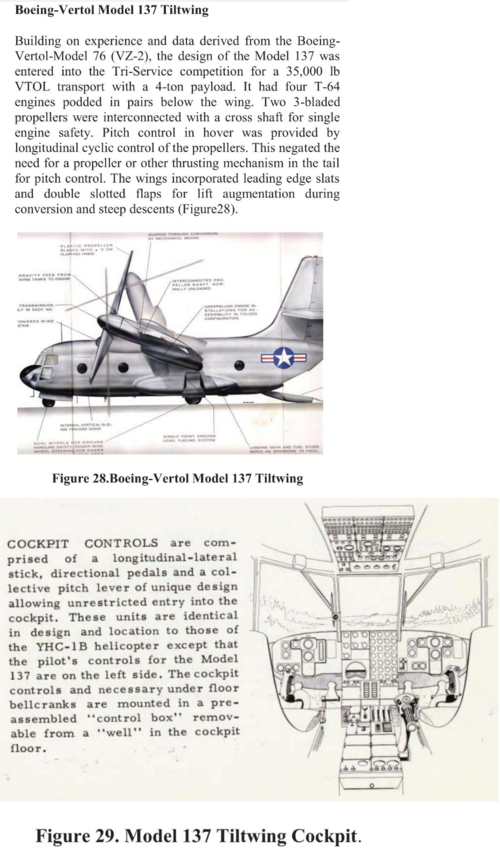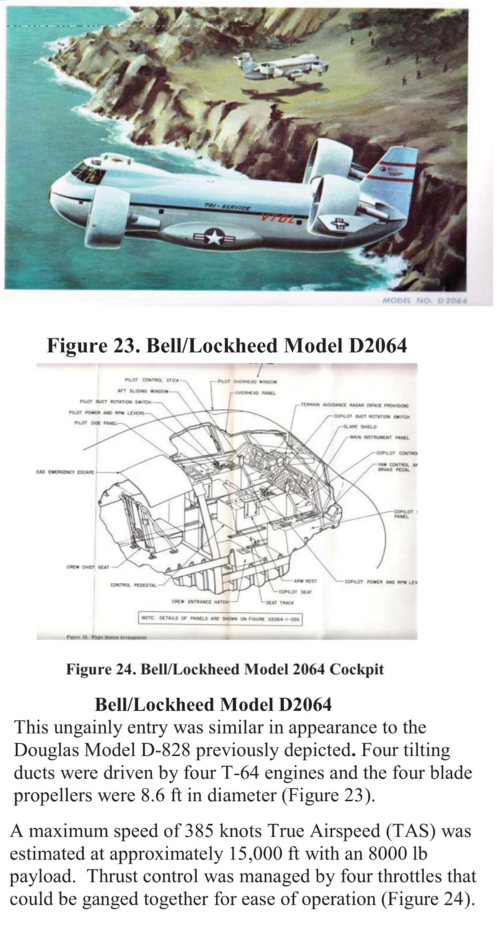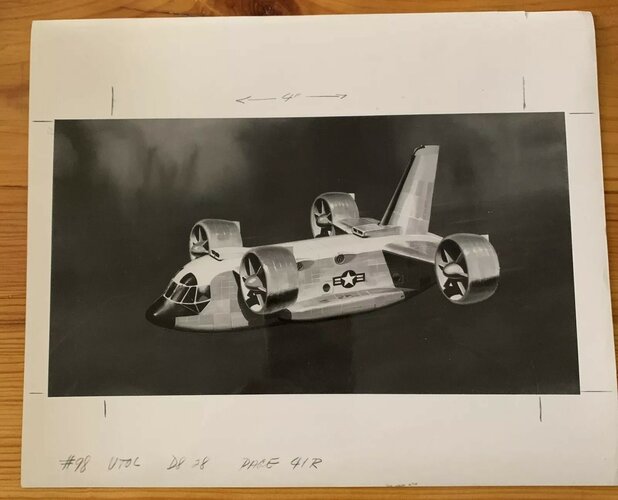Propriety got the better of me.
I know the forum has rules, but sometimes... man, ya really just want to let fly. An apparently serious design with (apparently) serious design flaws is one of those times. This vehicle, at least based on the photos, not only have no roll control in hover but also no yaw control. The exhaust vanes on the underside can probably provide some fore-aft control, thus pitch control, but otherwise... shrug.

